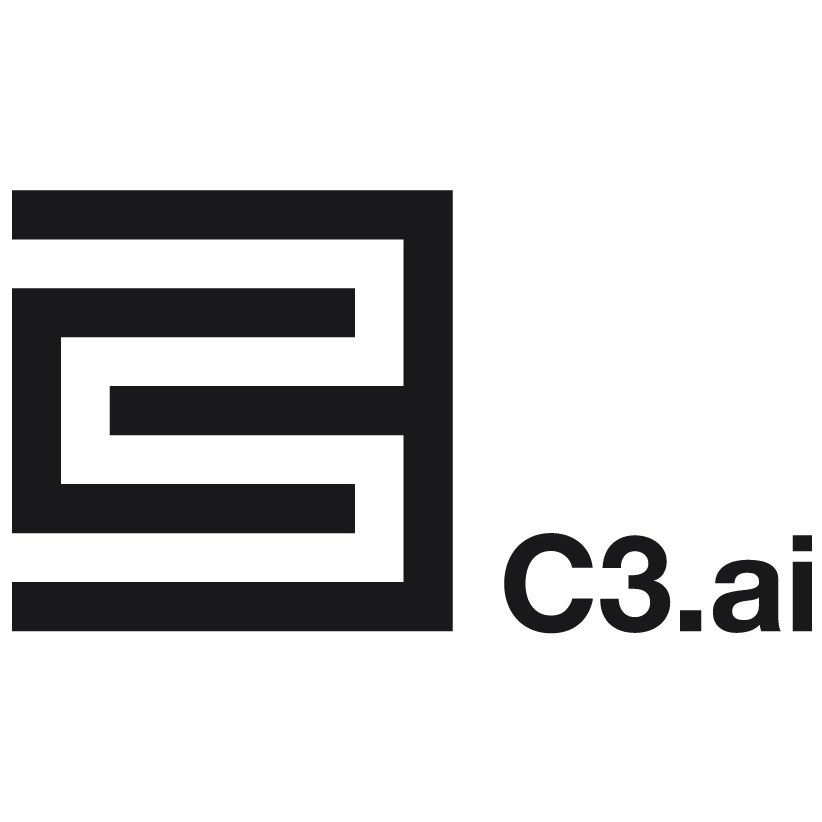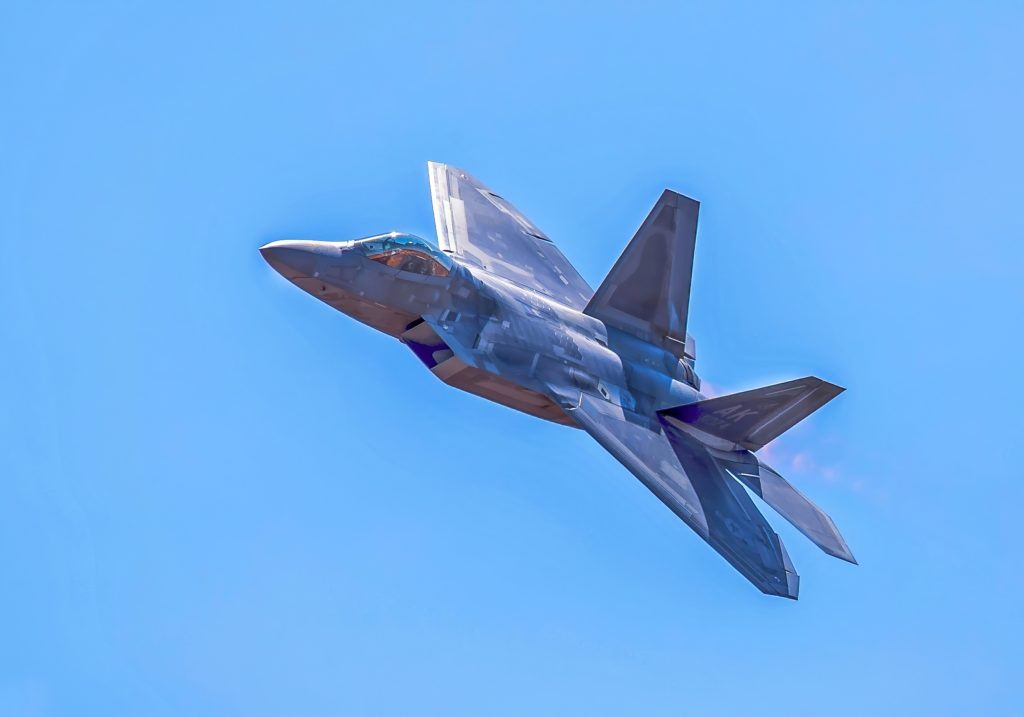C3.ai: Stealing the Primes’ Lunch
C3.ai is applying ML and IoT technology to improve how the US DoD maintains billions of dollar’s worth of equipment.
Thomas Siebel, the revered technology billionaire, started C3.ai in 2009 to develop and sell clean technology software that could help companies manage their carbon footprint (source: case). In the quest to improve the management of energy, C3.ai developed advanced software tools for electricity utility companies. This software combined Internet of Things IoT technology with a suite of Machine Learning models, to better predict how electricity grids were managed.
C3.ai has successfully applied these digital tools to a growing number of industries and problems. A logical progression has been predictive maintenance and management of defence hardware – fighters, bombers, helicopters and more.
The US Department of Defence spends $292 billion annually on operations and maintenance. Maintenance costs are particularly high for aircraft, eating up a significant portion of cost per flying hour. At the same time, aircraft availability is a key metric that driver’s operational effectiveness. Unexpected failure or maintenance requirements drastically impact the unit’s effectiveness. Deploying extra aircraft, “just in case” something breaks, is an expensive and common solution. Defence Primes (for example Lockheed Martin, Boeing, BAE Systems) design and manufacture these aircraft. Once in service, the aircraft are managed by flight crews belonging to a particular Service – for example the US Air Force, US Navy, Royal Airforce. Defence Primes provide aftermarket services like maintenance and overhaul of sub-systems and components, in addition to spare parts.
Defence Primes (for example Lockheed Martin, Boeing, BAE Systems) design and manufacture these aircraft. Once in service, the aircraft are managed by flight crews belonging to a particular Service – for example the US Air Force, US Navy, Royal Airforce. Defence Primes provide aftermarket services like maintenance and overhaul of sub-systems and components, in addition to spare parts.
As aircraft have become more complex, through increasing numbers of sensors and on-board software, the opportunities and challenges for maintaining them has increased. On the one hand, more data allows greater insights into the aircrafts performance and maintenance state – “peering under the hood” without having to disassemble the aircraft. However, the ever exponentially increasing complexity of these systems requires greater sophistication to manage maintenance.
The Services have not kept up with this rate of technological change. A source from the US military shared that at least one US Service was using white boards to plan maintenance schedules for military aircraft costing hundreds of millions of dollars each, as recently as 2017.
The Defence Primes are perfectly positioned to capitalise on improving the Service’s maintenance practices. They have responded with a variety of tools to improve maintenance. These include software solutions that combine sensory information with historical service information to predict maintenance thresholds and future requirements.
Despite these advantages, C3.ai has entered the space and has been winning, eating the Defence Primes proverbial lunch.
I believe that C3.ai is able to win against the Defence Primes because of its:
- Focus on building software;
- Technological advantage: software, machine learning models, and talent.
First: Focus.
C3.ai’s business model is focussed on adapting and applying its machine learning suite to a specific customer problem. The organisation is driven to solve the problem, and is not distracted by incentives from the traditional specification driven contracting process. This allows C3.ai to move quickly: 90 days after an initial meeting C3.ai reached a prototype agreement for a first use case with the US Airforce.
As well as focussing on problems it can solve, C3.ai has been careful in its customer selection. The initial prototype work for the US Air Force was done in partnership with the Defence Innovation Unit DIU – a unit of the US military with less bureaucratic processes to increase the rate of innovation. Choosing to enter the market with DIU as a first customer has allowed C3.ai to move faster than rivals.
Second: Technology.
C3.ai’s advantages in software originate from the firm’s history and identity. A highly successful software billionaire founder is a natural magnet for talent and connections within software. C3.ai’s machine learning software suite has been refined through application to several industries before Defence. Finally, C3.ai has refined a customer centric development process with very different incentives to the Defence Primes traditional sales process. All of these factors give C3.ai a significant competitive advantage compared to the Defence Primes.
A key enabler for C3.ai’s success so far has been the open access to aircraft sensory data. As C3.ai becomes a greater threat, how will the incumbents respond? Will C3.ai be able to sustain its competitive advantage over the Defence Primes?




